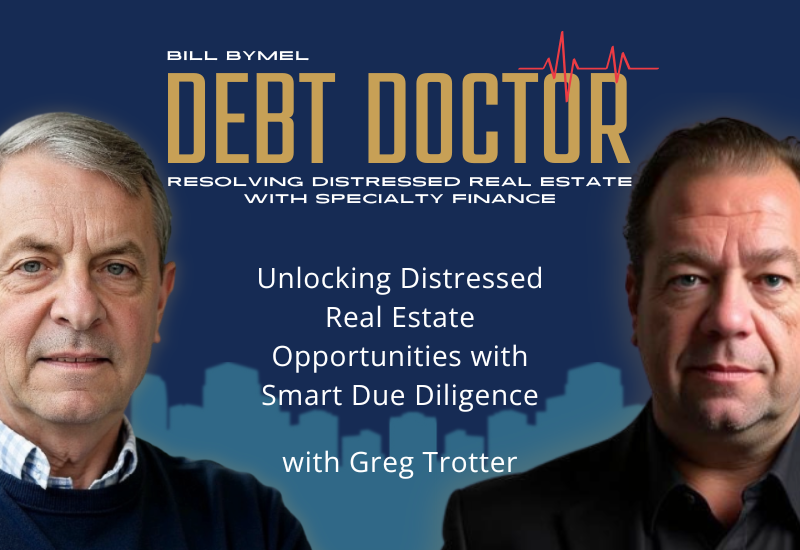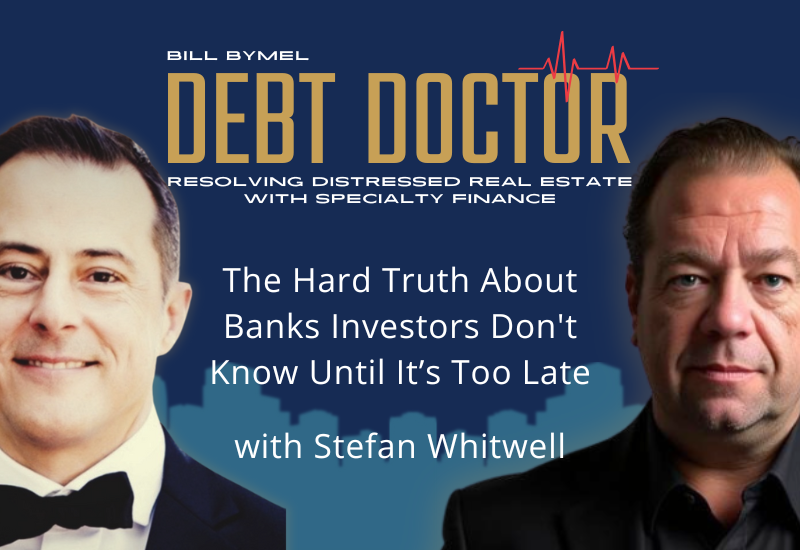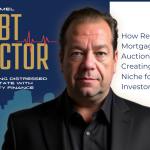Why Reverse Mortgages May Be the Sleeper Asset in an Aging Housing Economy
- All Posts
- Asset Evaluation
- Asset Management and Servicing
- Coffee with Bill
- Commercial Real Estate
- Debt Doctor
- Due Diligence
- Financing and Funding
- Industry News and Updates
- Investment Strategies
- Market Analysis and Trends
- Mortgage Note Investing
- Networking and Partnerships
- Press
- PropTech
- Real Estate Lowdown
- Real Estate Owned
- Secondary Mortgage Market
- Success Stories and Case Studies
- Win-Win Webinar
“The best-performing assets often start as the most misunderstood. Reverse mortgages may be one of them.”
There’s a silent shift happening in the housing market and it’s not just about rates, inventory, or regional price corrections.
It’s demographic.
As America ages, one financial product is emerging from the shadows with fresh relevance: the reverse mortgage.
Traditionally marketed to seniors as a way to “stay in your home longer,” reverse mortgages have long been burdened by misconception. Many associate them with late-night infomercials, fear of scams, or complicated fine print.
But what if investors looked at them not through the lens of consumer fear, but market fundamentals?
Reverse mortgages are federally insured, based on home equity rather than creditworthiness, and designed to give aging homeowners liquidity without forcing a sale. That alone makes them a compelling tool for retirement planning.
But from an investor’s point of view, they’re something else entirely: a structured product with asymmetric appeal in a market craving yield and stability.
As home equity surges and the senior population expands, reverse mortgages could evolve into a viable lane for capital deployment, especially in the secondary mortgage market.
They reflect where housing, demographics, and policy intersect.
That’s not just a social reality – it’s a portfolio signal.
If you’re interested in digging deeper into how this space works, how the media has shaped its reputation, and what it all means for investors, tune into this episode of Debt Doctor.
If you want to see how reverse mortgages evolve after default and where specialized investors like First Lien Capital are capitalizing through HUD auctions, watch the follow-up episode: How Reverse Mortgage Auctions Are Creating a New Niche for Investors.
Subscribe to Debt Doctor on Apple, Spotify, YouTube or your favorite podcast platform.
I also encourage you to share this post with fellow investors who are as passionate as you are about transforming distressed mortgage debt into profitable opportunities.
👉 Listen Now on Apple
👉 Watch Now on Spotify
👉 Watch Now on YouTube
As always, I’d love to hear your thoughts, feedback, or questions about this topic, episode or the industry.
Feel free to reach out directly to podcast@billbymel.com if there’s a specific topic you’d like me to cover in upcoming episodes.
Catch you in the next episode,
– Bill Bymel, Debt Doctor
To advertise with Debt Doctor or request a podcast topic, please email podcast@billbybmel.com.
First Lien Capital is your trusted investment partner delivering security and strong returns while making real impact, and First Lien Resolutions is your Special Assets Group for hire delivering integrated resolutions to protect capital and restore performance to distressed real estate debt scenarios.
Schedule a consultation with Bill to ELEVATE or REVIVE your portfolio today.
Stay connected with Bill Bymel: https://linktr.ee/billbymel
Welcome

Bill Bymel
Distressed real estate investor and advisor. Founder and CEO of First Lien Capital LP, a privately owned distressed mortgage investment platform focused on the acquisition and timely resolution of sub-performing and non-performing mortgage loans.
Speaker, host of Debt Doctor and Real Estate Lowdown podcasts, and author of Win-Win Revolution: An Insider’s Guide to Investing in the Secondary Mortgage Market. New book coming late 2025 – The Storm: Financial Markets Meet Mother Nature.
Recent Posts
- All Post
- Asset Evaluation
- Asset Management and Servicing
- Coffee with Bill
- Commercial Real Estate
- Debt Doctor
- Due Diligence
- Financing and Funding
- Industry News and Updates
- Investment Strategies
- Market Analysis and Trends
- Mortgage Note Investing
- Networking and Partnerships
- Press
- PropTech
- Real Estate Lowdown
- Real Estate Owned
- Secondary Mortgage Market
- Success Stories and Case Studies
- Win-Win Webinar


Category
- Asset Evaluation (8)
- Asset Management and Servicing (9)
- Coffee with Bill (11)
- Commercial Real Estate (23)
- Debt Doctor (30)
- Due Diligence (8)
- Financing and Funding (22)
- Industry News and Updates (40)
- Investment Strategies (43)
- Market Analysis and Trends (36)
- Mortgage Note Investing (28)
- Networking and Partnerships (6)
- Press (5)
- PropTech (8)
- Real Estate Lowdown (10)
- Real Estate Owned (1)
- Secondary Mortgage Market (24)
- Success Stories and Case Studies (1)





